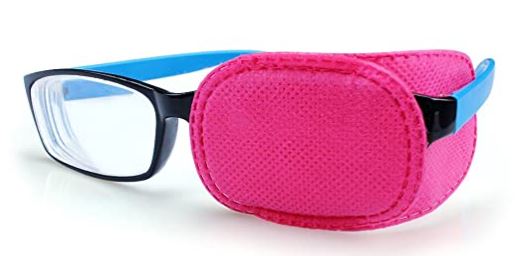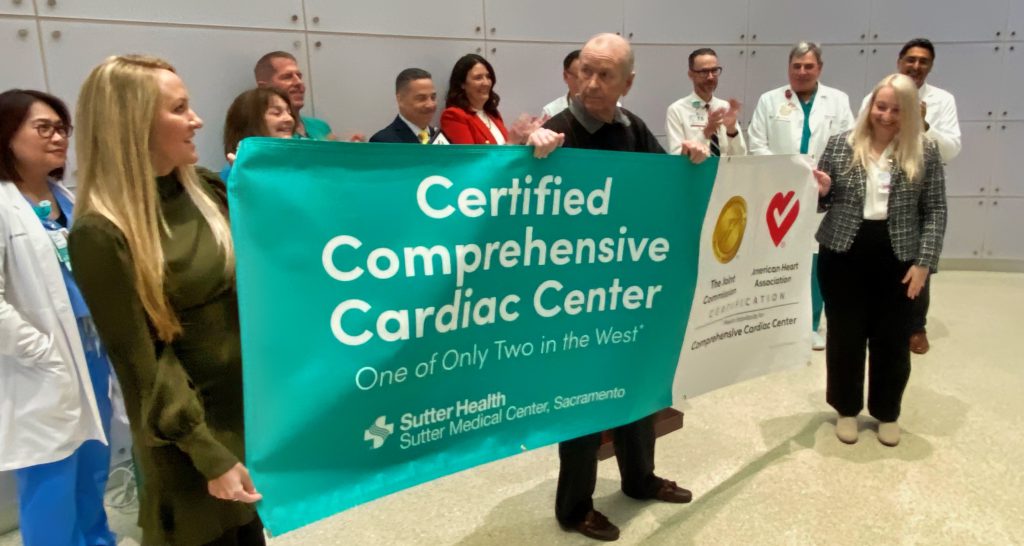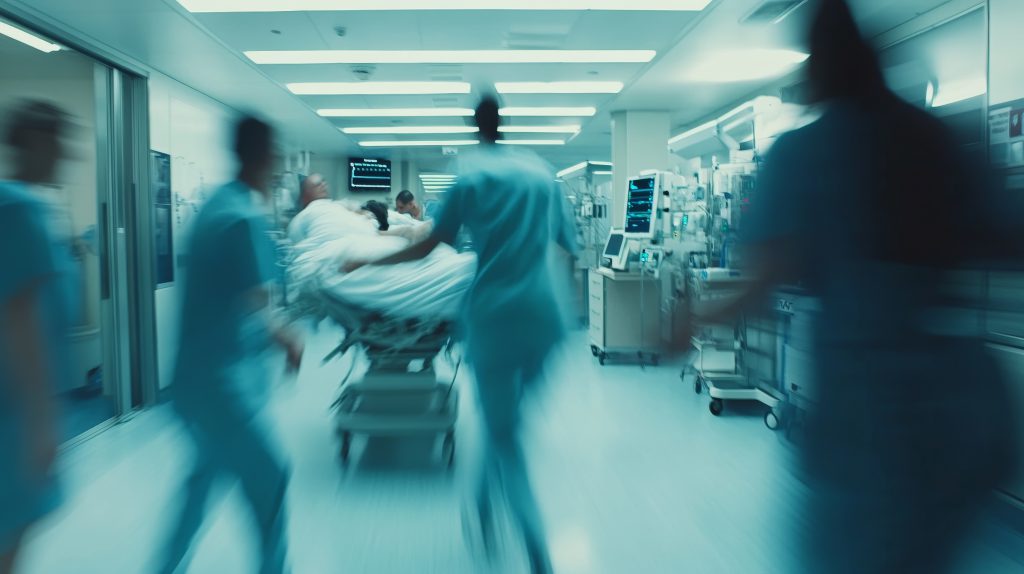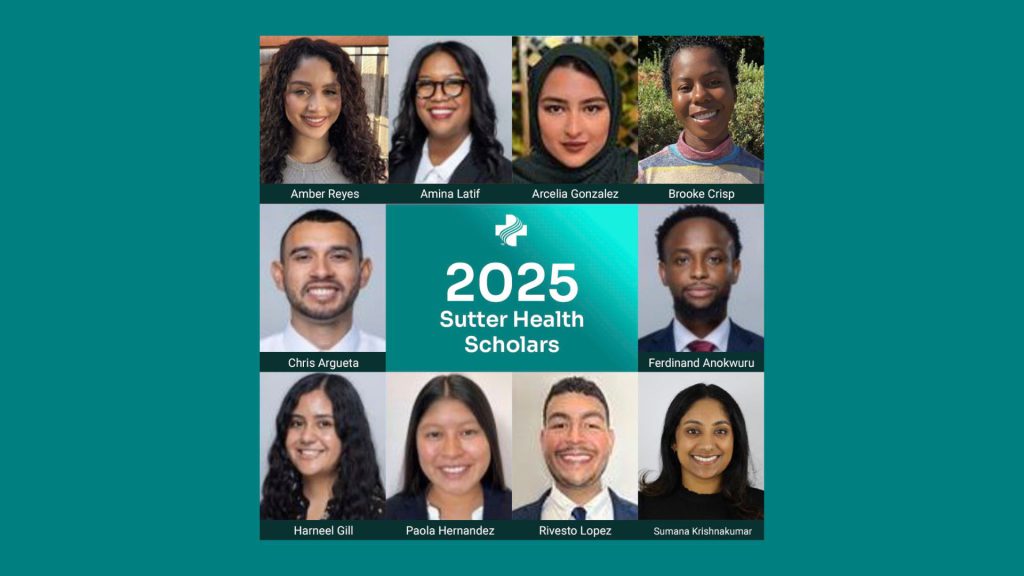By Karin Fleming and Emma Dugas, Vitals contributors
Harry Potter took glasses from taunt-inducing to trendy. But it will take more than Harry’s magic to makeover another form of eyewear: the eye patch. A physician at Sutter Health is hoping to help, by researching how a sensor could tell doctors and parents how often kids wear their patch, and how long they need to.
Often the best method for correcting amblyopia — commonly known as ‘lazy eye’ — is a patch. It covers the strong eye, forcing your brain to use the weaker eye, thereby strengthening it.

Dr. Omondi Nyong’o, researcher and pediatric ophthalmologist at Sutter’s Palo Alto Medical Foundation
“The eye patch is an established, low-cost way to help cure amblyopia, but studies estimate that only 50% of patients use it as instructed,” says Dr. Omondi Nyong’o, researcher and pediatric ophthalmologist at Sutter’s Palo Alto Medical Foundation. “This non-adherence limits treatment efficacy and lowers the odds that a child with amblyopia will achieve full visual acuity.” Not following directions can even lead to blindness.
Complicating matters further, the medical community still doesn’t know exactly how long a patch must be worn to cure different levels of amblyopia, from mild to severe. A new sensor-enabled patch hopes to bring the power of data to bear on both problems.
“An occlusion dose monitor, basically a tool for tracking eye patch wear, is a 30-year-old concept,” said Dr. Nyong’o. “But it’s only recently that smart, wireless sensors could make this concept practical for daily use.” Dr. Nyong’o worked with Northern California company Getchell Technologies and researchers at University of California, San Francisco to create a novel occlusion dose monitor that consists of a sensor affixed to eyeglass frames, a patch where one of the lenses would normally be, and a custom algorithm that turns data into actionable treatment information.
Used in two pilot studies so far, the occlusion dose monitor has been shown to record wear time more reliably than parents who kept a physical log. Excited by this accuracy, Dr. Nyong’o expects that doctors will be able to use this information to tailor treatment. “We hope to finally establish standards, grounded in objective knowledge, of the cadence by which the developing human visual system responds to patch occlusion.”
Dr. Nyong’o knows that seemingly small adjustments in medical care, at an early age, can have enormous, life-long consequences. Amblyopia, for example, can only be corrected before a child reaches the age of eight, otherwise the impairment becomes permanent. “As pediatric doctors we serve to prepare kids to reach their full potential. If this research helps even one child it’s worth it.”





